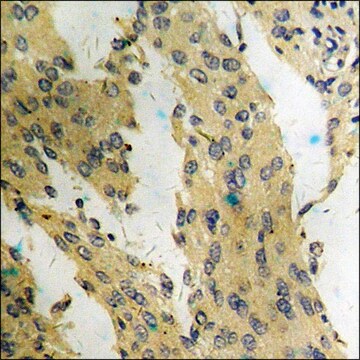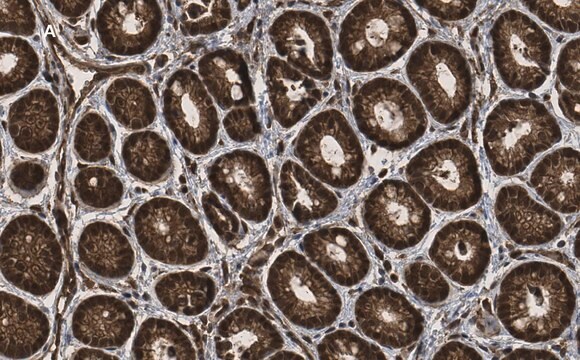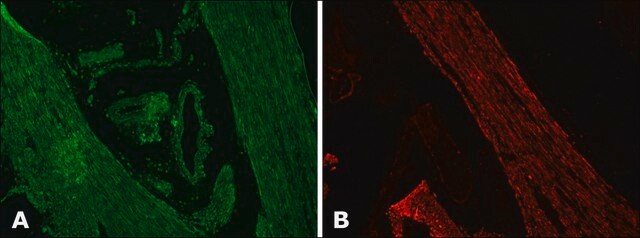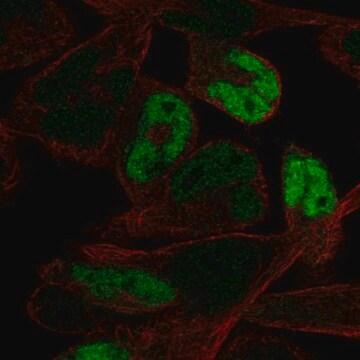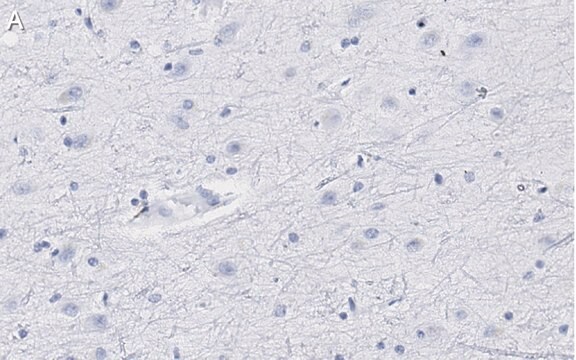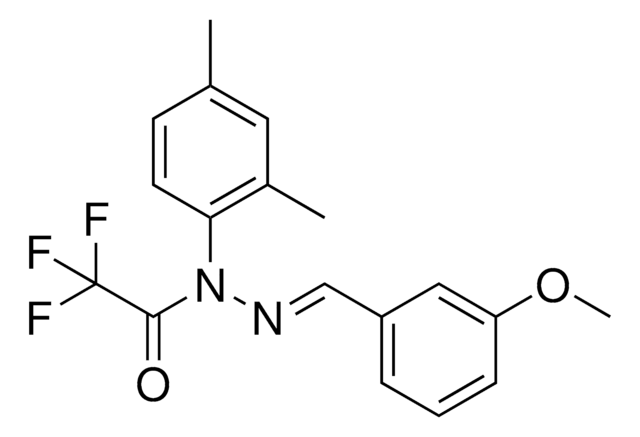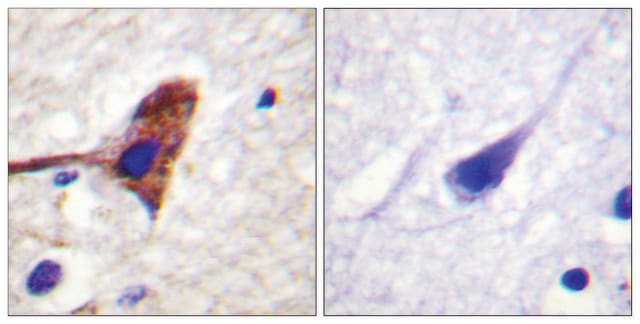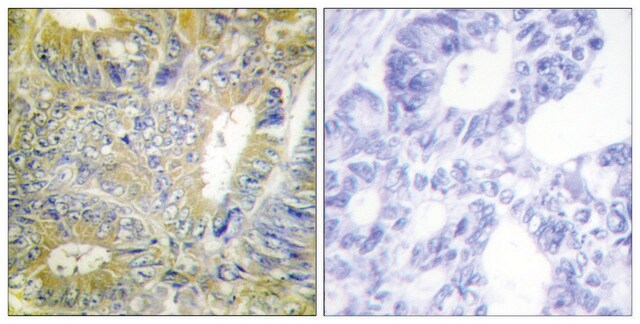CWA-1084
Anti-VCAM1 antibody produced in mouse
clone 1.G11B1, ColorWheel Dye-Ready
Sinonimo/i:
Vascular cell adhesion protein 1;V-CAM 1;VCAM-1;INCAM-100
About This Item
Prodotti consigliati
Nome del prodotto
Anti-Human CD106 (1.G11B1) ColorWheel® Dye-Ready mAb,
Origine biologica
mouse
Livello qualitativo
Forma dell’anticorpo
purified antibody
Tipo di anticorpo
primary antibodies
Clone
1.G11B1, monoclonal
Nome Commerciale
ColorWheel®
Stato
lyophilized
PM
calculated mol wt 81.28 kDa
Purificato mediante
using Protein A
Reattività contro le specie
human
Reattività contro le specie (prevista in base all’omologia)
porcine
Confezionamento
antibody small pack of 25 μL
Caratteristiche più verdi
Waste Prevention
Designing Safer Chemicals
Design for Energy Efficiency
Learn more about the Principles of Green Chemistry.
sustainability
Greener Alternative Product
tecniche
flow cytometry: suitable
Isotipo
IgG1κ
Sequenza dell’epitopo
Extracellular domain
N° accesso ID proteina
N° accesso UniProt
Compatibilità
for use with ColorWheel® Dyes (Required, (Sold Separately))
Categoria alternativa più verde
Condizioni di spedizione
ambient
Temperatura di conservazione
2-8°C
modifica post-traduzionali bersaglio
unmodified
Informazioni sul gene
mouse ... VCAM1(7412)
Descrizione generale
Specificità
Immunogeno
Applicazioni
Evaluated by Flow Cytometry in HUVEC .
Flow Cytometry Analysis: Staining of HUVEC was performed using 5 μL of a 1:1 mixture of Cat. No. CWA-1084, Anti-Human CD106 (1.G11B1) ColorWheel® Dye-Ready mAb and Cat. No. CWD-PE ColorWheel® Antibody-Ready Phycoerythrin (PE) Dye or an equivalent amount of PE-conjugated Mouse IgG1 isotype control.
Note: Actual optimal working dilutions must be determined by end user as specimens, and experimental conditions may vary with the end user
Compatibilità
Descrizione del bersaglio
Stato fisico
Ricostituzione
Stoccaggio e stabilità
Note legali
Esclusione di responsabilità
Non trovi il prodotto giusto?
Prova il nostro Motore di ricerca dei prodotti.
Richiesto ma non fornito
Codice della classe di stoccaggio
13 - Non Combustible Solids
Classe di pericolosità dell'acqua (WGK)
WGK 2
Punto d’infiammabilità (°F)
Not applicable
Punto d’infiammabilità (°C)
Not applicable
Scegli una delle versioni più recenti:
Certificati d'analisi (COA)
Non trovi la versione di tuo interesse?
Se hai bisogno di una versione specifica, puoi cercare il certificato tramite il numero di lotto.
Possiedi già questo prodotto?
I documenti relativi ai prodotti acquistati recentemente sono disponibili nell’Archivio dei documenti.
Il team dei nostri ricercatori vanta grande esperienza in tutte le aree della ricerca quali Life Science, scienza dei materiali, sintesi chimica, cromatografia, discipline analitiche, ecc..
Contatta l'Assistenza Tecnica.